Two cases of a rare cancer of the sweat glands
By Rebecca Knackstedt, MD, PhD, and Thomas Knackstedt, MD
Cleveland Clinic is a non-profit academic medical center. Advertising on our site helps support our mission. We do not endorse non-Cleveland Clinic products or services. Policy
Aggressive digital papillary adenocarcinoma (ADPA) is a rare malignancy of the sweat glands. It usually presents as a single mass on a finger, and excision and amputation treatments are often unsuccessful with local recurrence. Successful management of other sweat gland malignancies with Mohs micrographic surgery has been well established in the literature, and the cases described here demonstrate the viability of Mohs surgery as a successful treatment for ADPA.
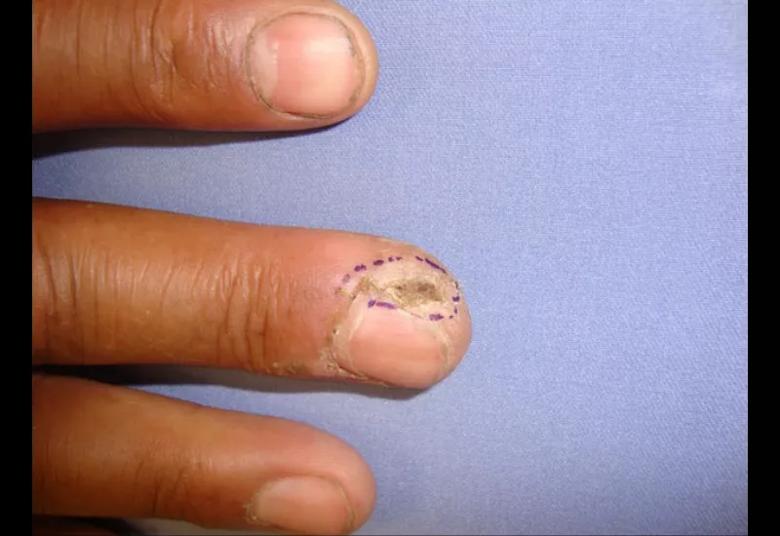
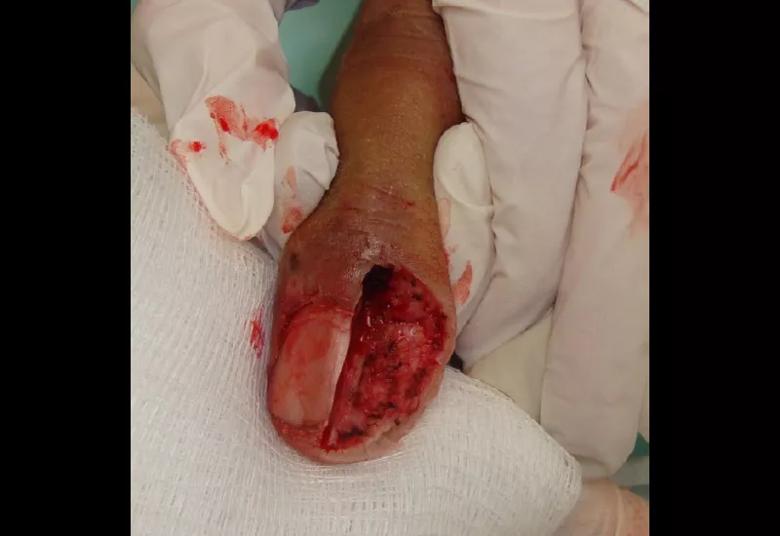
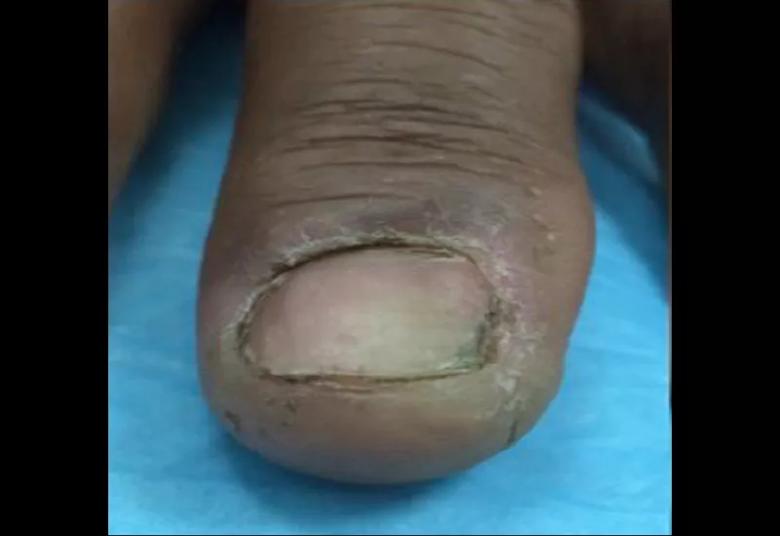
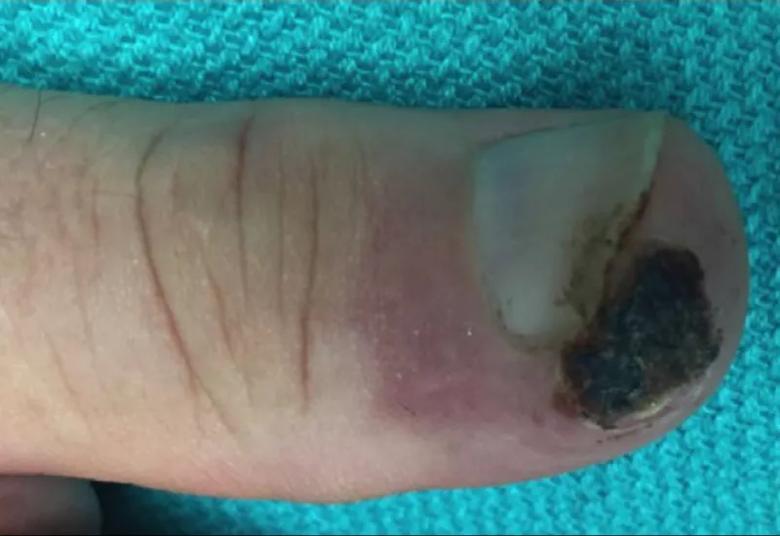
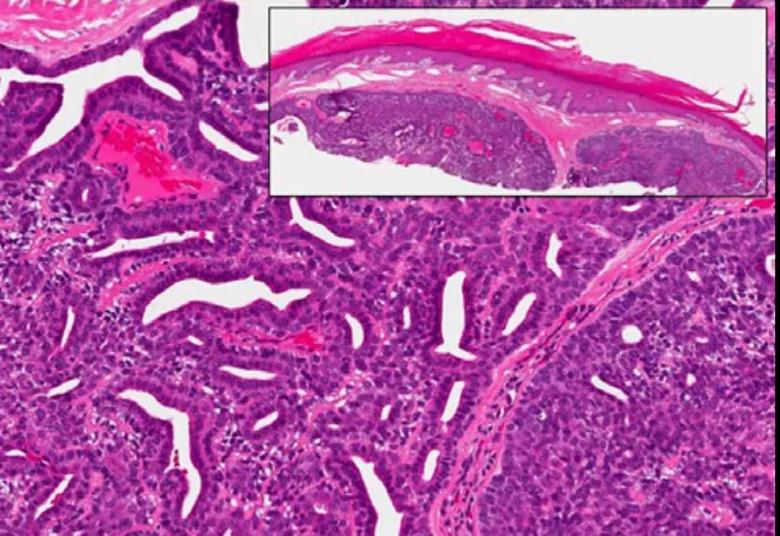
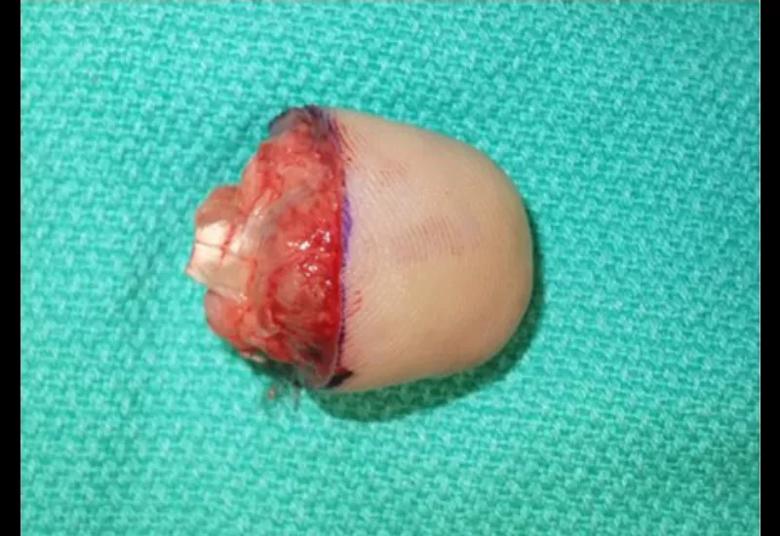

Dr. Thomas Knackstedt’s additional work on a population based analysis of incidence, demographics, treatment and outcomes of aggressive digital papillary adenocarcinoma will be published in Dermatologic Surgery in the coming weeks.
Dr. R. Knackstedt is a resident physician and Dr. T. Knackstedt is associate staff in the Dermatology & Plastic Surgery Institute.
Images and text republished with permissions from John Wiley and Sons. Originally published in the International Journal of Dermatology.

Stress and immunosuppression can trigger reactivation of latent virus
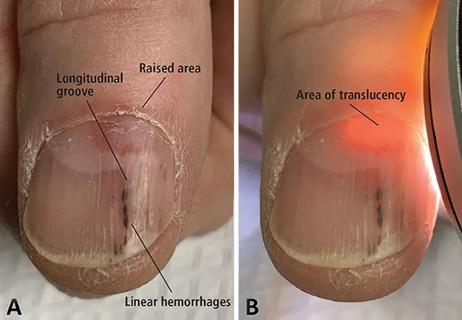
A case report of a thumbnail deformity
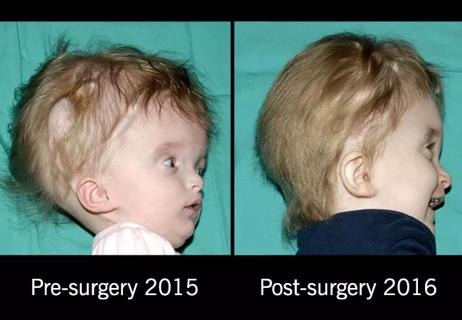
Multidisciplinary team of plastic surgeons and neurosurgeons correct severe, complex head deformity
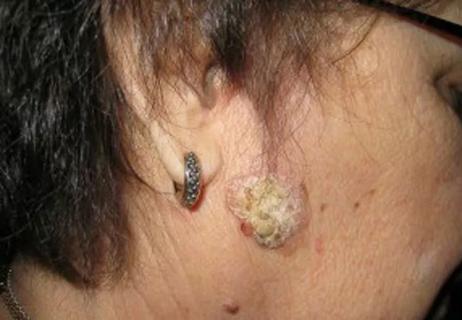
Cutaneous complications common post-transplant

Trials evaluate safety and efficacy of new treatments
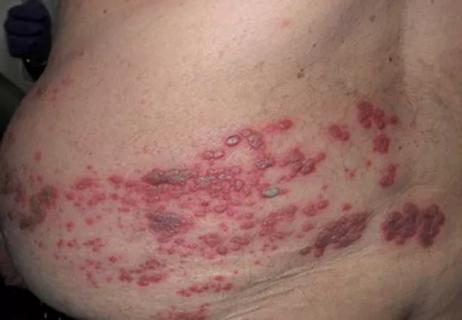
Cutaneous complications common post-transplant
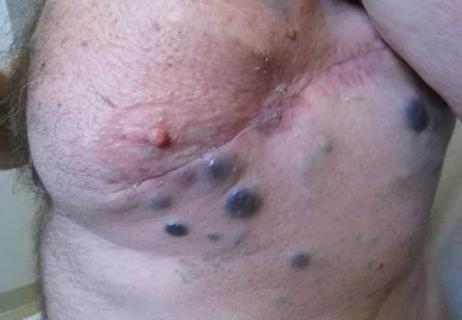
Cutaneous complications common post-transplant

Cutaneous complications common post-transplant